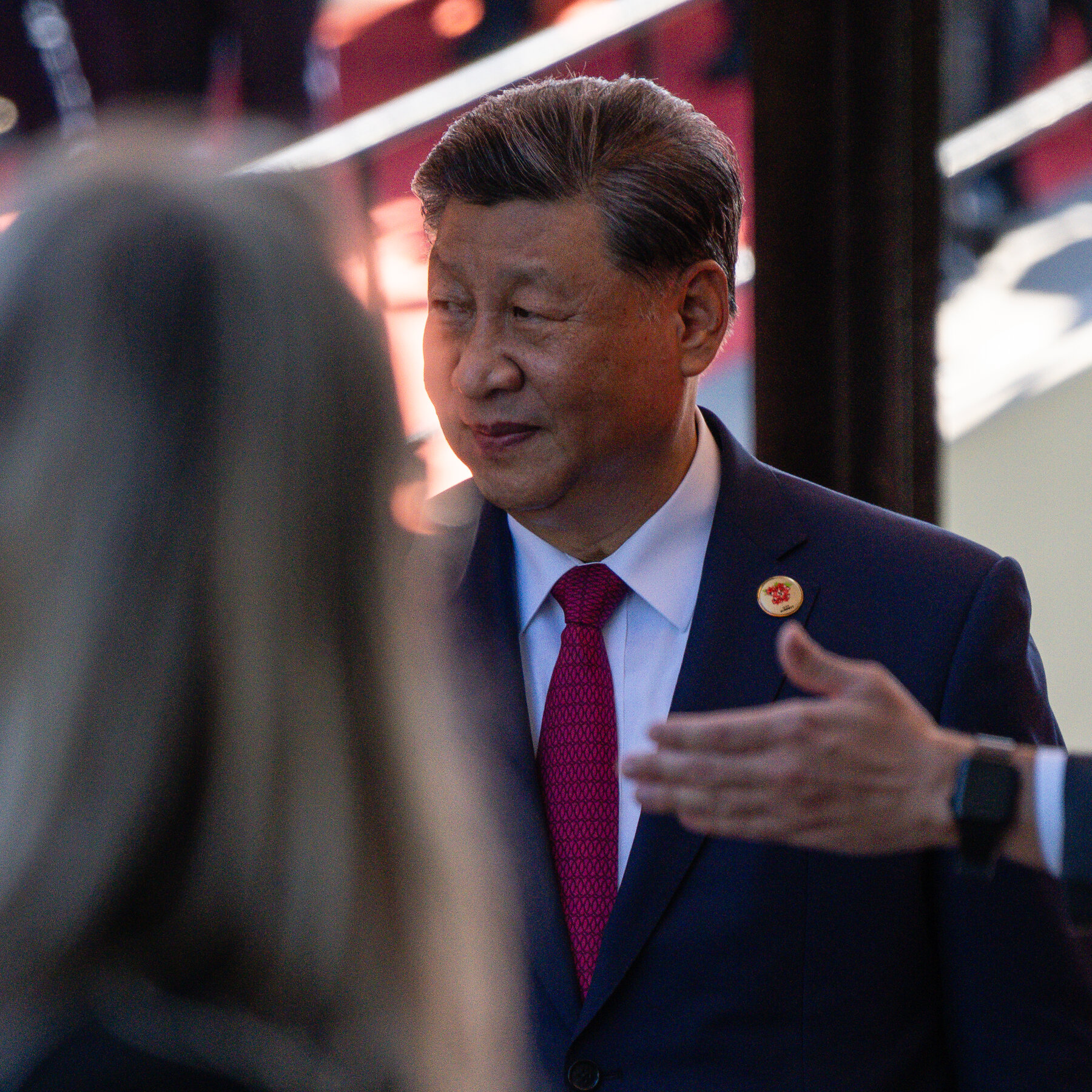Australia’s businesses are bracing for a complex year ahead, with domestic and global pressures converging to create a challenging economic landscape.
From shifting U.S. trade policies to domestic immigration reforms and interest rate adjustments, the forces at play are both diverse and interconnected. Drawing on insights from the Australian Taxation Office (ATO), CreditorWatch, and broader economic indicators, this article explores the key dynamics influencing Australia’s economic trajectory as of late March 2025—and what businesses can do to stay ahead.
The global wildcard
Looming large on the global stage is the uncertainty tied to the second Trump administration’s policy agenda. While much attention has centered on proposed tariffs—set to be clarified on April 2, 2025—the administration’s broader plans for trade, immigration, fiscal policy, and regulation could reverberate worldwide. Given the U.S. economy’s heft and its tight financial links with other nations, these shifts will inevitably spill over into Australia.
The direct impact of U.S. tariffs on Australia may be limited, as the country isn’t a major exporter to the U.S. However, specific industries could feel the pinch. More significant are the indirect effects: slower global growth, disrupted supply chains, and weaker demand from Australia’s key Asian trading partners. A substantial tariff hike could dampen U.S. and global share markets, push up U.S. prices, and depress commodity prices—keeping the Australian dollar under pressure. While the Albanese government is unlikely to retaliate with tariffs of its own, the resulting uncertainty could stall business investment as boards wait for clarity.
Supply chain adjustments may also keep shipping costs elevated, though redirected trade could bring cheaper goods into Australia. This might benefit consumers but poses a challenge for local firms competing with tariff-affected imports. The unpredictability of Trump’s policymaking—potentially reversing course midstream—only heightens the risk, making U.S. economic policy a critical variable for Australian businesses to monitor.
Domestic pressures
Closer to home, slower population growth due to tightened immigration and foreign student policies is poised to weigh on economic momentum. These changes, aimed at managing housing and infrastructure pressures, will likely reduce demand in sectors like retail, construction, and education services. For businesses already grappling with thin margins, this adds another layer of complexity.
Meanwhile, credit and insolvency risks remain elevated. CreditorWatch’s trade payment default data—a key indicator of business health—shows that while conditions improved slightly in late 2024 and early 2025, challenges persist. A trade payment default, lodged when a business fails to pay an invoice, signals rising insolvency risk when multiple defaults pile up. Data from the 12 months to February 2025 reveals a clear correlation: the more claimants reporting non-payment, the higher the likelihood of collapse. Despite a modest uptick in macroeconomic conditions—boosted by mid-2024 tax cuts and the Reserve Bank of Australia’s (RBA) February rate cut—CreditorWatch anticipates a tough road ahead for business and credit conditions in 2025.
A balancing act
The RBA’s monetary policy stance offers some relief. Inflation appears to be easing toward the 2.5% midpoint of the RBA’s target band, a prerequisite the Board emphasized before its February rate cut. The February CPI release showed headline inflation dipping to 2.4% year-on-year, down from 2.5%, though trimmed mean and ex-volatile measures held steady at 2.7%—still above target but trending lower.
Come April 1, the new Monetary Policy Board assumes control, with each member casting a vote and unattributed outcomes published for transparency. Market pricing suggests the next rate cut isn’t fully expected until July, but a trimmed mean CPI of 0.6% or 0.7% quarter-on-quarter in Q1 (due late April) could prompt a modest cut as early as May. Larger cuts seem unnecessary for now, especially with fiscal policy playing a supportive role following the budget unveiled this week. However, the May federal election’s outcome will determine how much of that stimulus materializes.
Reading the Signals
With so many forces at play, businesses need reliable gauges to cut through the noise. The SEEK Job Advertisements series and NAB Business Survey remain standout macro indicators of Australia’s economic pulse. On the credit front, CreditorWatch’s trade payment default series offers a granular view of financial distress, complementing ATO data on defaults and cash flows.
Trade payment defaults, seasonally adjusted, have stabilized somewhat since their 2020 baseline, reflecting the RBA’s rate cut and tax-cut tailwinds. Yet the broader outlook suggests caution. Slower global growth, tariff-induced uncertainty, and domestic policy shifts could tip the scales toward higher insolvency risks if conditions deteriorate.
Australia’s economy in 2025 sits at a crossroads. Trump’s tariff reveal on April 2 will clarify one piece of the puzzle, though its indirect fallout—via Asia, financial markets, and U.S. subsidiaries here—may prove more consequential than the direct hit. Domestically, immigration curbs and credit pressures will test resilience, while the RBA’s cautious easing offers a buffer. Businesses that stay attuned to these dynamics—leveraging data from CreditorWatch, the ATO, and macro surveys—will be best positioned to navigate the uncertainty.
For now, the watchwords are adaptability and vigilance. The economic wood may be hard to see through the trees, but the signals are there for those who know where to look.
Find out more at creditorwatch.com.au.
ALSO READ: 2025: A pivotal year for Australian SMEs facing trump’s tariffs
Keep up to date with our stories on LinkedIn, Twitter, Facebook and Instagram.
As U.S. policies shift and local changes unfold, Australia faces new challenges. The year ahead will test the nation’s adaptability. Read how it impacts you News, Tariff Rates Dynamic Business








